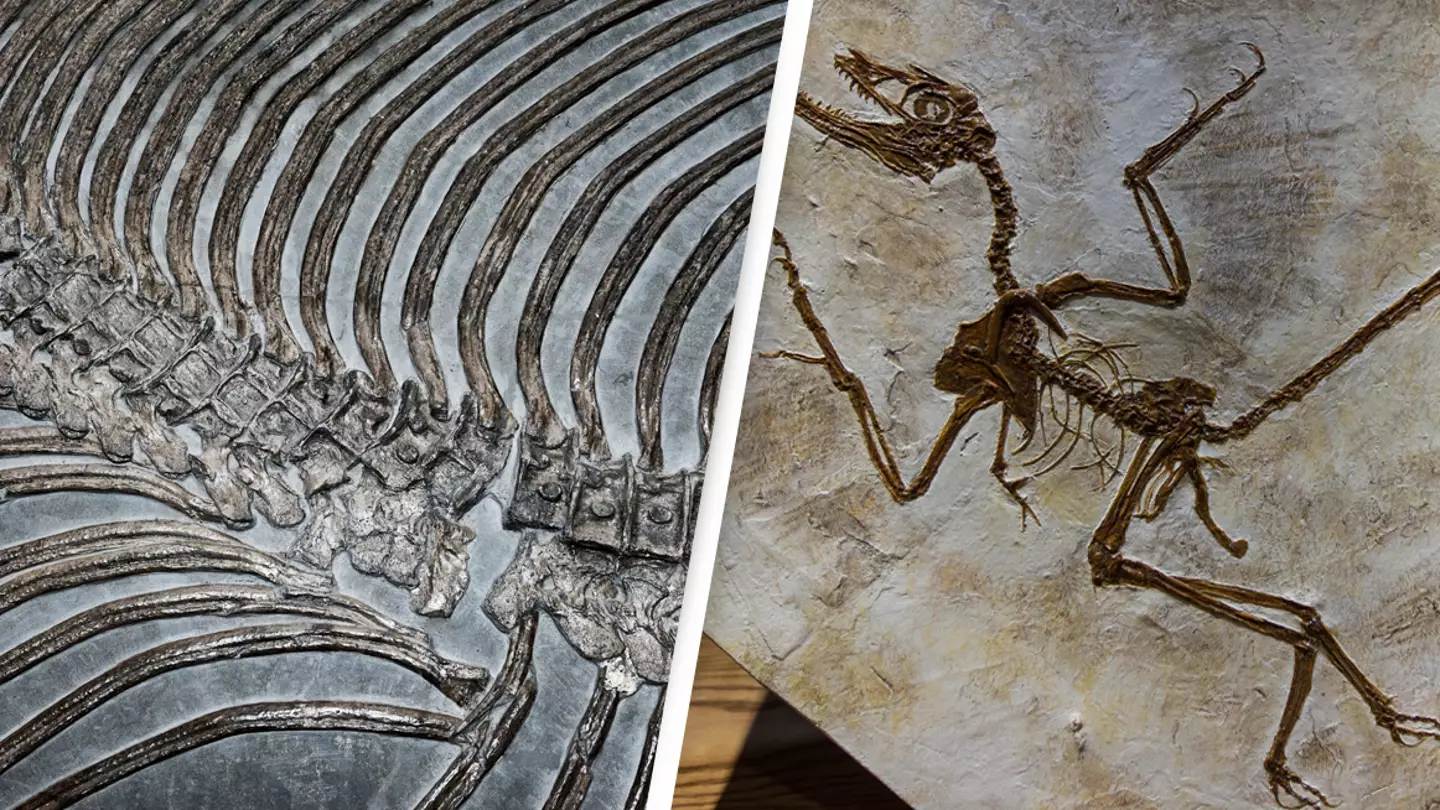
Scientists have revealed the possible cause of death of a long-necked giant dinosaur that lived more than 150 million years ago.
The diplodocid known as MOR 7029 – nicknamed Dolly – was a juvenile dinosaur and was part of the sauropod family of long-necked and large dinosaurs, which ate a plant-based diet. Dolly lived during the Late Jurassic period and resided in what is now known as southwest Montana.
The study, led by Dr Cary Woodruff from the Great Plains Dinosaur Museum, suggests Dolly likely died as a result of an infection that caused her to exhibit flu-like symptoms.
The infection was respiratory, and was caused by a fungus, Metro reports, which would've caused coughing, fever, breathing difficulties, and weight loss.
Advert
Woodruff reflected: 'Given the likely symptoms this animal suffered from, holding these infected bones in your hands, you can’t help but feel sorry for Dolly. We’ve all experienced these same symptoms – coughing, trouble breathing, a fever, etc. – and here’s a 150-million-year-old dinosaur that likely felt as miserable as we all do when we’re sick.'
In the same family as the brontosaurus, sauropods had huge tails and four huge legs. They could span up to 110 feet in length, and could end up weighing more than 90 tonnes.
However, Dolly only weighed around 20 tonnes and reached 40ft in length. Alongside her smaller size, bony growths in her vertebra acted as an indication of a possible infection.
When scientists discovered Dolly they found a complete skull and seven articulated cervical vertebrae. Three of the neck bones uncovered had a strange texture and shape, and were later revealed to contain abnormal growths.
Advert
Dolly's infection is thought to have spread via air-sacs, a specialised part of the complex respiratory tract, which is not only found in dinosaurs but also birds.
'A lot of the times when any disease or trauma is found in a dinosaur skeleton, it's often in limb bones where you expect it to happen. Seeing it where the air sacs penetrate the vertebrae in a sauropod is quite unusual,' Dr Poropat from Swinburne University of Technology and the Australian Age of Dinosaurs Museum told ABC.
While a salmon-crested cockatoo and a few parrots were found to have a similar infection, it was apparently discovered in the birds' respiratory tracts, as opposed to the air sacs.
Advert
However, Dolly's infection, symptomatic of pneumonia, has since been compared to a disease that is around today that affects both birds and reptiles.
The disease is called aspergillosis and can similarly be spread to animals' bones.
Scientists predict the dinosaur picked up the infection from microscopic spores in her plant-based diet. Over a period of weeks to months, the fungal infection causes increasing damage to the body's tissue. Until an organ is severely compromised, the scientists explained that it is hard to pick up on the infection.
'We don't know whether Dolly could've just tipped over dead one day or was on its own and so visibly sick, making an easy target for a predator. But either way, I do think it ultimately led to the death of the animal,' Woodruff reflected.
Advert
Sauropods' respiratory systems are of great interest to scientists, and the discovery of Dolly's bones could offer answers to many important questions surrounding the reptiles' anatomy.
Woodruff concluded: 'This fossil infection in Dolly helps us trace the evolutionary history of respiratory-related diseases back in time. It also gives us a better understanding of what kinds of diseases dinosaurs were susceptible to.'
The study was first published in academic journal Scientific Reports.
If you have a story you want to tell, send it to UNILAD via [email protected]
Topics: Science